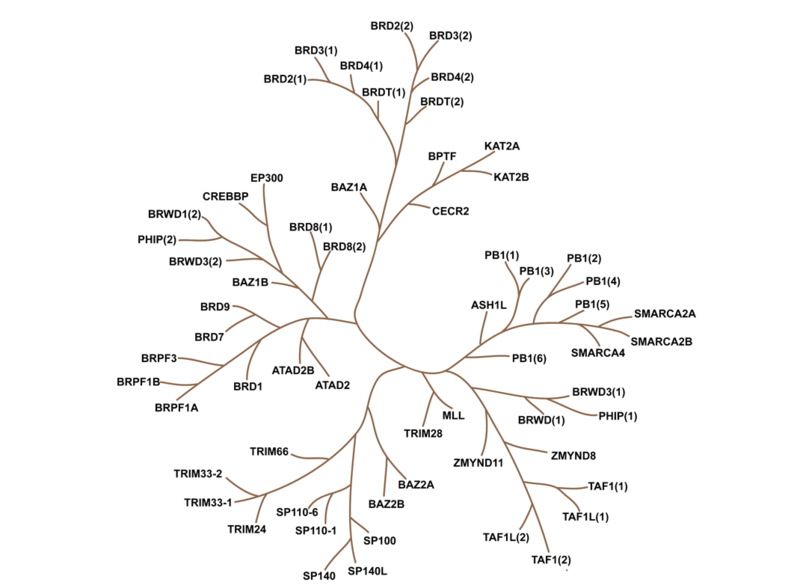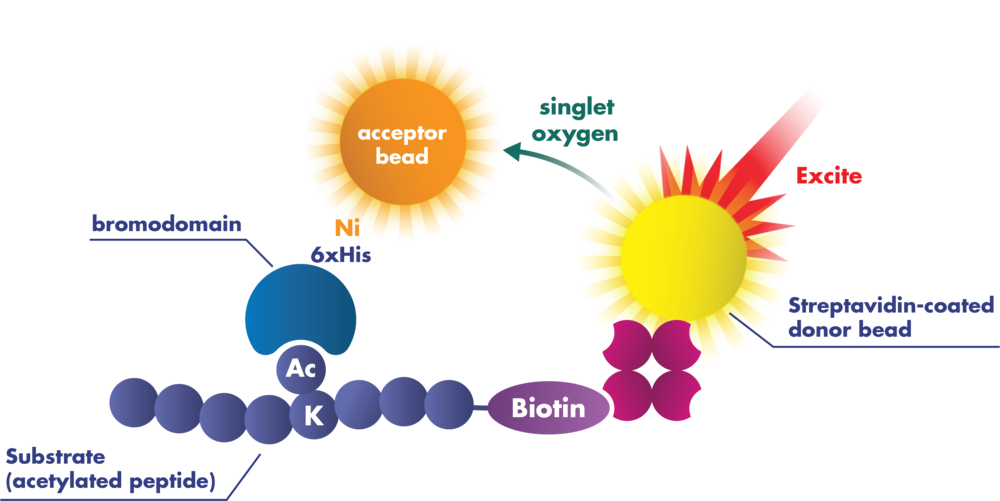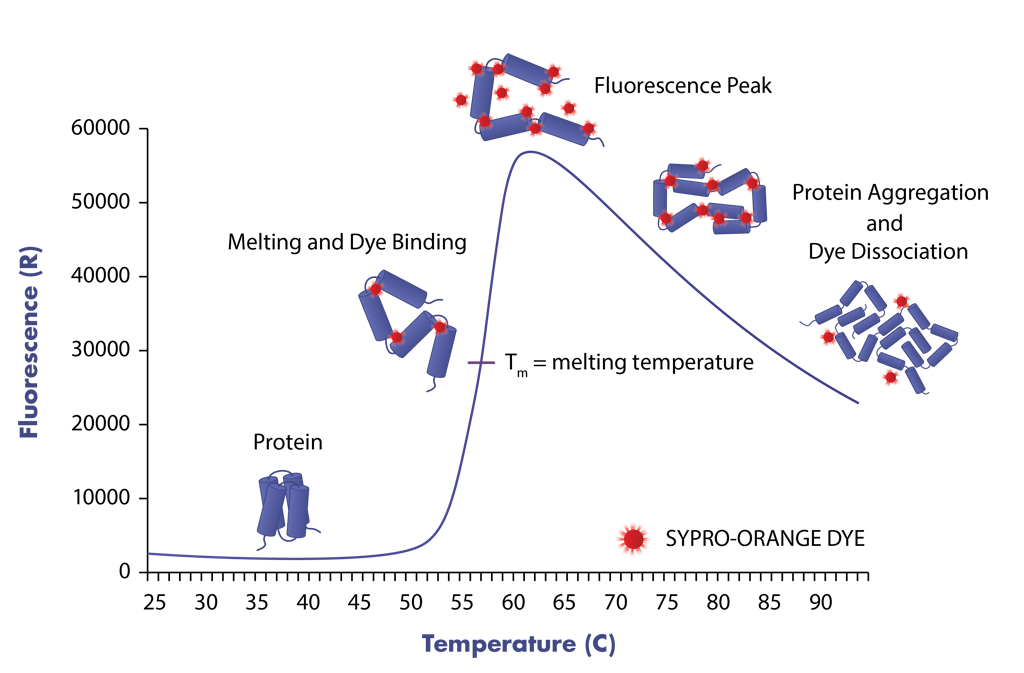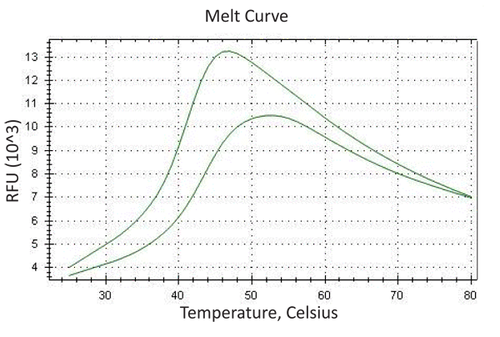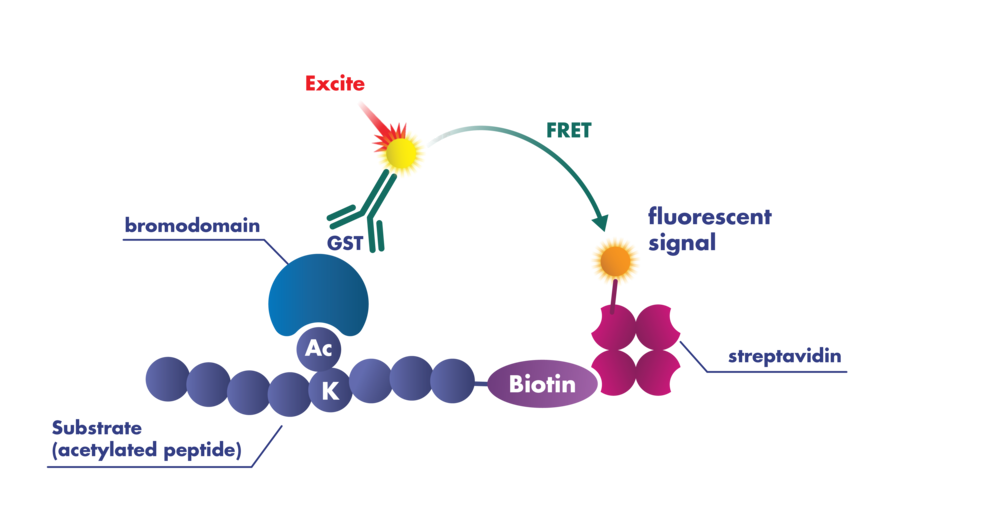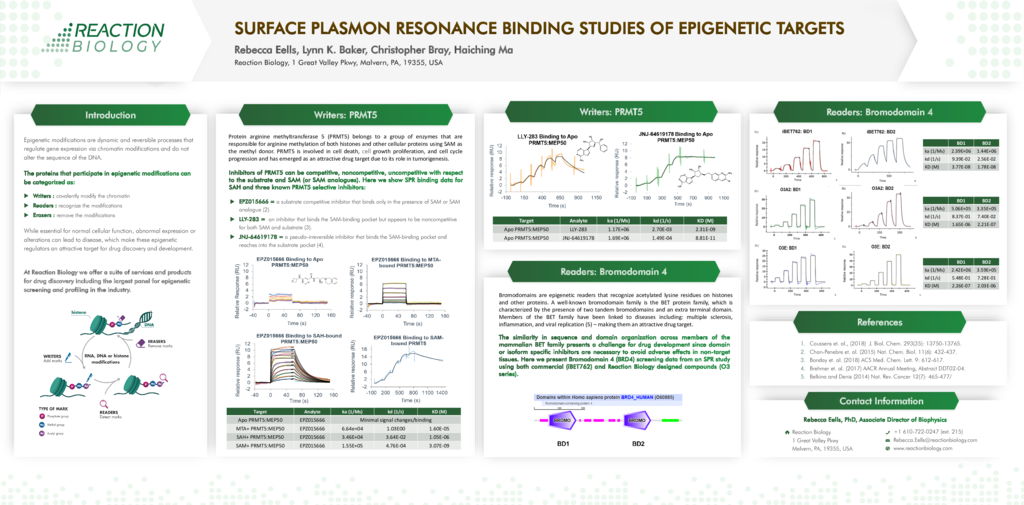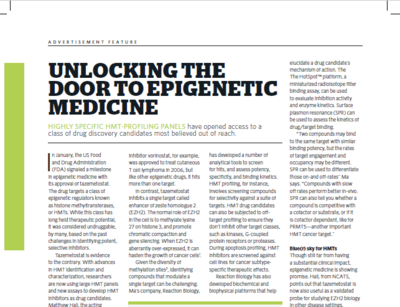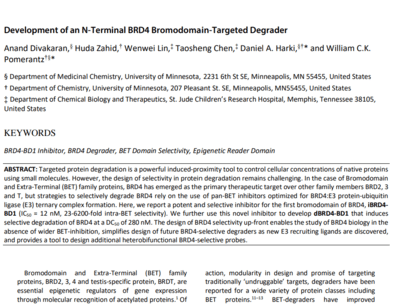Bromodomain Assay Service (Reader Domain Assays)
Bromodomain screening and profiling of reader domains such as Tudor and chromodomains are performed at Reaction Biology via Thermo Shift, HTRF and AlphaScreen assays.
More than 85 bromodomain assays and 30 other epigenetic reader domain assays are available for screening, lead optimization, or selectivity profiling for reader domain inhibitors.
Several potent bromodomain inhibitors have recently been identified, increasing the appreciation of the reader domain family’s functional importance and therapeutic potential.
At Reaction Biology, we are continuously developing new reader domain assays.
- Extensive coverage of the bromodomain family. We feature the largest bromodomain assay panel in the industry.
- All bromodomain proteins and other reader domain proteins are produced at our facility and are available for purchase.
- The BromoMELTTM assay kit is available for in-house bromodomain inhibitor screening for selectivity profiling.
- Reader domain inhibitor screening is performed with AlphaScreen, HTRF or Thermal shift assay formats.
Reaction Biology performs bromodomain assay services at our screening facility in Malvern, Pennsylvania. Our reader domain assay service’s typical turnaround time is 10 business days. Reach out to the business development manager in your area to receive a quotation.

